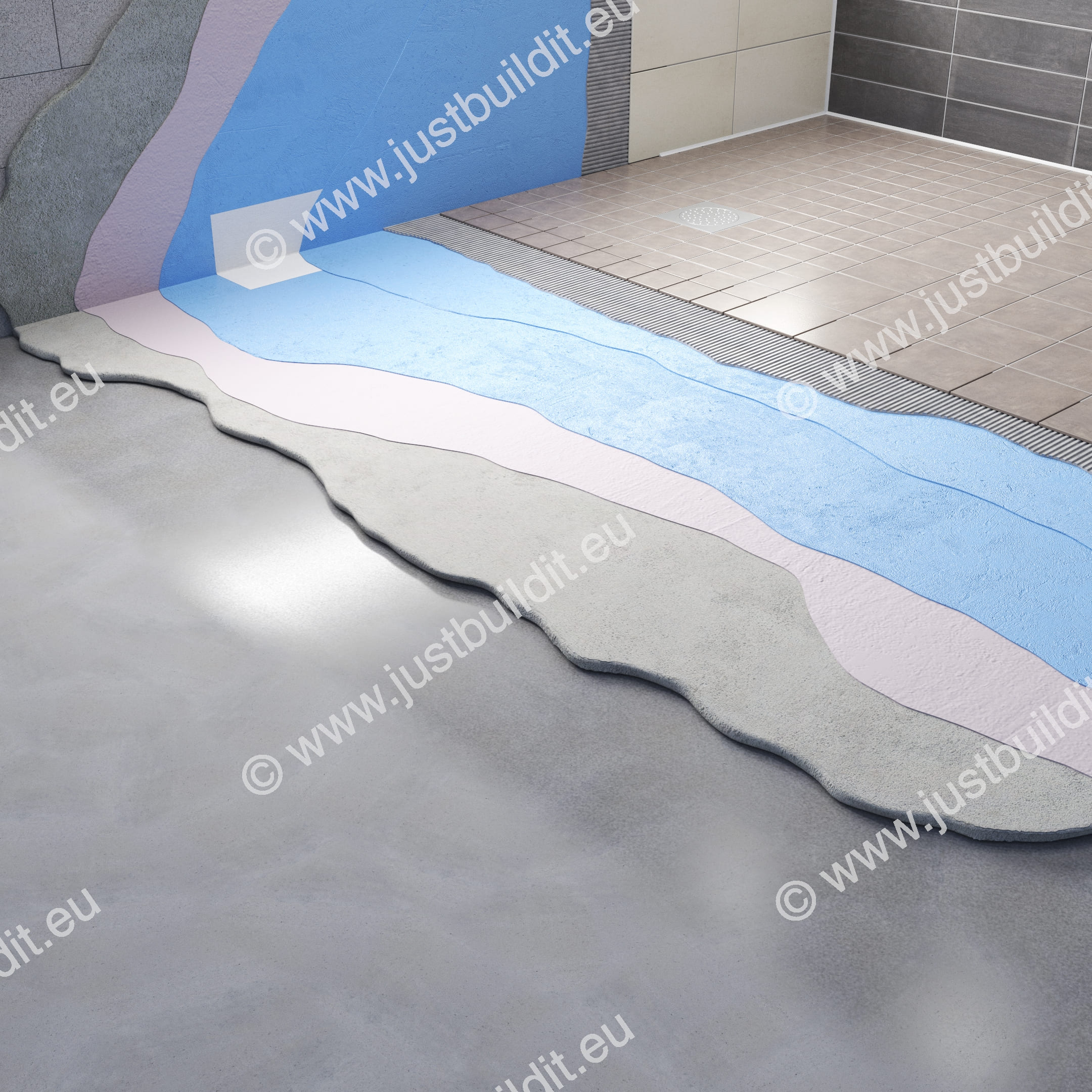How to Choose the Right Sealant for Your Construction Project
Sealants are important construction materials with several essential functions. They ensure weather resistance, airtightness, soundproofing, and provide a neat and aesthetic finish at junctions.

There are many different types of sealants, and choosing the right one for a specific job isn’t always simple. At first glance, a sealant may seem like just a sealant, but not all products are suitable for all applications.
When we think of sealants, silicone or acrylic usually comes to mind. In fact, there are more types of curing systems, such as hybrid sealants, polyurethane sealants, and others.
Sealants cure in different ways. For example, silicones and hybrid sealants cure through a chemical reaction triggered by moisture. Acrylics, on the other hand, contain water and cure by drying. This needs to be considered when selecting and installing the product: moisture must reach the material, or water must evaporate out, otherwise curing will not occur—or will happen much slower.
Broadly speaking (with many exceptions), acrylics are more suitable for interior painting and finishing work, as they can be painted over. Hybrids are highly versatile and can also be used outdoors, including on façades and usually can be painted over. Silicones are suitable for glazing and wet areas, but they cannot be painted.
Key Aspects to Consider When Choosing a Sealant:
- Application area
- Substrates (bonding surfaces)
- Installation method
- Mechanical properties
- Health and environmental safety
- Curing system
- Technical documents and test reports
Application Area
In the world of sealants, application areas are divided into: façade, floor, glazing, and wet rooms. Based on these, requirements and standards have been developed for testing and performance certification. Because harmonized standards apply in these fields, manufacturers must provide a Declaration of Performance (DoP) and affix the CE mark to their products. The CE mark includes a code based on the EN 15651 standard. These codes can be found on the product label or the declaration of performance. Here’s what the letters and numbers mean:
- Façade sealants: F-EXT-INT-CC: class 25LM – F means façade; EXT means suitable for exterior use; INT means interior use; CC means suitable for cold climates; 25LM indicates 25% movement capability and low modulus (stretches under low force).
- Glazing sealants: Type G-CC class 25LM – G means glazing; CC means suitable for cold climates; 25LM indicates 25% movement capability and low modulus.
- Wet rooms / sanitary areas: S: class XS1 – S means sanitary; XS1 means mold resistance (X = low volume shrinkage, S1–S3 = mold resistance, where lower is better).
- Floors: PW-EXT-INT-CC: class 25HM – PW means floors/pavements; EXT = exterior; INT = interior; CC = cold climate; 25HM indicates 25% movement capability and high modulus (stretches under greater force).
These classifications are crucial for product selection, as they show suitability and performance.
However, even with the CE mark and codes, you must still evaluate the specific project: consider movement, deformation, moisture exposure, and weather conditions. Standards define limits that must not be exceeded—otherwise, the product won’t perform as expected.
For tasks not covered by the above categories, follow the manufacturer’s guidance on the packaging or in the product documents.
On the Just Build It platform, we’ve already linked sealants to specific jobs based on these principles. Direct links to common applications:
Substrates
Since sealants usually fill and seal joints between two surfaces (three-sided adhesion should be avoided), it’s vital to check if the product bonds to your planned materials—stone, wood, plastics, metals, etc. Be cautious: if the surface is plastered and painted, or if metal is galvanized, or wood is lacquered, you’re no longer bonding directly to stone, metal, or wood, but to the coatings. Always perform a small adhesion test before larger jobs. Compatibility with other materials must also be ensured to avoid unwanted reactions.
A particular risk is natural stone. Its porous structure can absorb plasticizers from the sealant, leading to discoloration and staining. Only sealants specifically designed for natural stone should be used here.
Installation, Packaging, and Ease of Use
Workability is key. How long is the sealant smoothable before skin formation starts? Once a skin forms, it cannot be reshaped without damaging the surface.
Consider also the tools needed: caulking guns, etc. This determines the best packaging format (cartridge, sausage, tube, bucket). If no tools are available, small tubes are often sufficient. For smoothing or removing excess, spatulas can be used.
Viscosity matters too: thinner sealants are easier to extrude but may slump in vertical joints, while thicker ones stay in place but can be harder to apply.
Properties
Construction materials expand and contract due to moisture and temperature changes. This places demands on sealants. Flexibility and elasticity must match joint movement. Elasticity (listed in the CE code) is more critical than elongation.
Hardness is also relevant for some jobs—for instance, floors exposed to mechanical loads. Technical datasheets list hardness as Shore A (e.g., Shore A 15 = softer, Shore A 40 = harder for sealants).
Other important factors:
- UV resistance (for outdoor or even sunny indoor use)
- Weather resistance
- Mold resistance
- Curing speed
- Shrinkage
Technical Documentation
Legally, the manufacturer’s technical documents are the binding source. Always read them before choosing and follow the installation guidelines provided.
Label Information
In-store, decisions are often made based on the packaging, but it’s worth checking the technical documentation online using a smartphone.
For more practical solutions, see our recommendations where products are linked directly to specific jobs:
👉 Just Build It – Construction Solutions